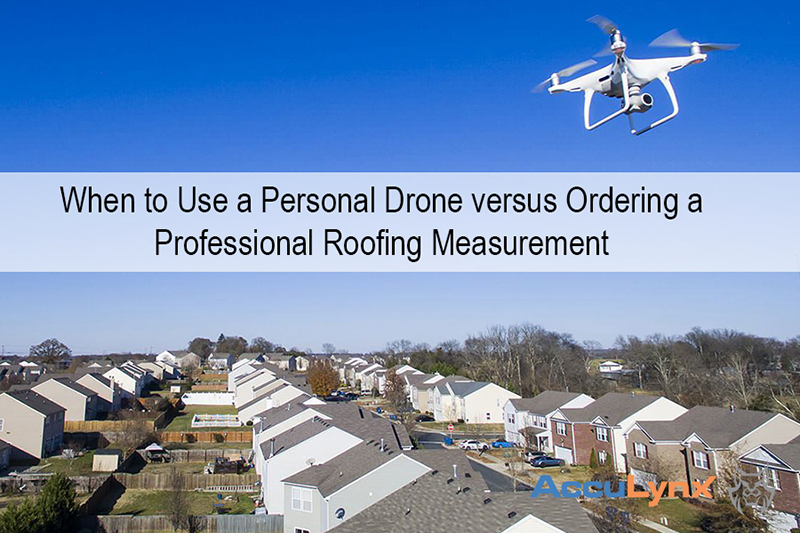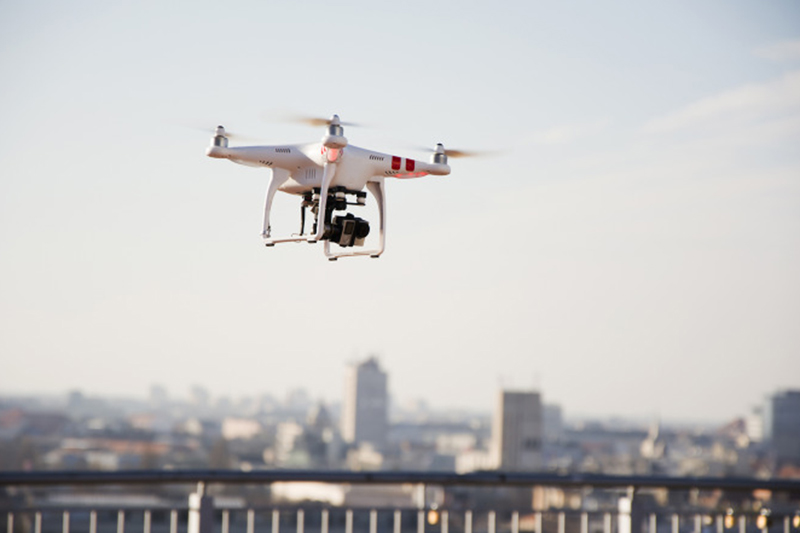By Kate Foster, AccuLynx.
Software for aerial measurements, templates, automation. E-signatures and CRM produces more profits.
During the busy storm season, everyone in the field is looking for ways to improve their sales speed. Faster sales means you have time for more jobs, and having more jobs leads to more profits, and more profits benefit your company as a whole. However, increasing your sales speed can result in sloppy paperwork, lack of attention to critical details, and a lower quality experience for the homeowner – all of which can hurt your business reputation.
In an ideal environment, your sales staff would be able to make fewer site visits for a job, reduce the amount of time and resources spent on each project, and effectively speed up your sales.
But how do you sell more jobs while at the same time reducing the amount of site visits you take?
Use Aerial Measurements to Save Time During Estimation
One way you can improve your sales speed while making fewer job site visits is to use aerial measurements rather than manual ones.
By pre-ordering aerial measurement reports for areas with storm damage, your sales teams will already have access to accurate measurements that they can apply directly to their estimates, saving time up on the roof, and creating paperwork. CRM systems like AccuLynx work with trusted providers like EagleView and SkyMeasure to directly input data into your job file, so your teams come to their appointments prepared.
Accurate measurements helps sales teams avoid lost information or incorrectly entered data so your staff won’t have to make any trips back to the site to remeasure.
Use Templates to Save Time Filling Out the Details
Every roofing business has their own standard set of paperwork, and oftentimes that means your sales teams are working off of a template. Templates are a great way to make sure nothing is forgotten – but what if they skip a section in haste, or accidentally overwrite a previous document?
Using digital templates like the AccuLynx SmartDocs feature allows roofers to create custom, digital templates from the documents they use most on any project. Admins can set mandatory fields, like phone number or Insurance Company, so your field reps can’t submit the file without first filling out the important details.
Using templates means no information gets forgotten and no follow-up phone calls or excess trips to the field are needed.
Avoid Data Re-Entry with Automation
Using digital templates also means once you’ve entered the information once – you’re done! These templates also have the ability to be auto-populate. When you convert your estimate to a contract, you’re not wasting time filling out the same information over and over – they will automatically fill in the assigned data from your CRM for any job you use that template on. The ability to complete your projects faster means you can focus on the next sale.
eSign Your Legal Documents
Homeowners want to know they’re getting a good deal, so you can expect they’ll be getting several quotes for a job. You can take the stress off your sales teams schedules by implementing a legal eSignature component to your paperwork so once a decision is made, they don’t have to drive across town to get a simple scribble.
Sending your Estimate Packet to a customer via email is faster – customers know where to sign and initial, and once they’re done, it’s returned to your job file so your office team can start scheduling the material drop-off and crews.
And, if your sales staff is so great that the homeowner wants to sign on the spot? eSignatures signed on tablets or mobile devices are equally as effective and legally binding.
Have a Process in Place to Streamline Your Sales Pipeline
Having a sales process in place can also help you speed up your sales. A step by step system ensures your sales team knows exactly what to do after each milestone during a job, minimizing time spent figuring out what to do next and allowing them to work more efficiently.
A pre-set process also makes sure everyone is on the same page, facilitating communication and eliminating potential confusion. This allows your sales to proceed faster because everyone is clear on what needs to be done and you do not need to spend time clearing up miscommunications. CRMs can provide your company with a sales process through pipeline features, which guides a job through the various steps of a project from the time it is a lead to the time the job is closed and paid for.
There are many ways to cut out inefficiencies in your sales process without letting your quality and professionalism suffer. Finding the right balance for your company can help shave hours of redundancy off your sales team days, allowing them to visit more homes, make more sales and deliver more profit to your roofing business.
Note: This article was first published on AccuLynx’s blog and can be viewed here.


